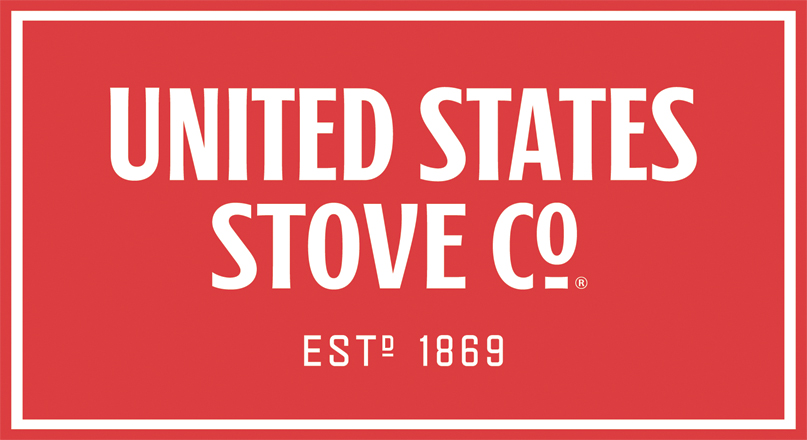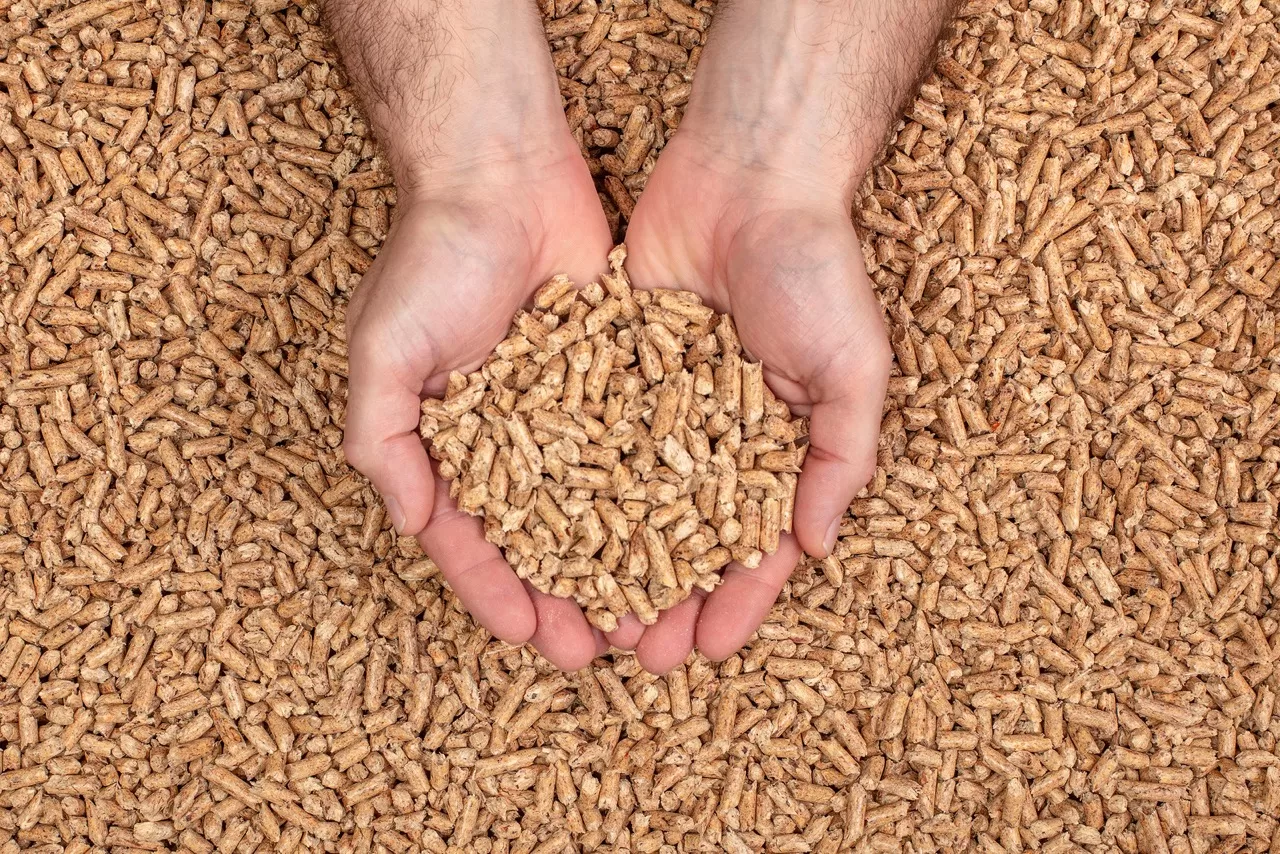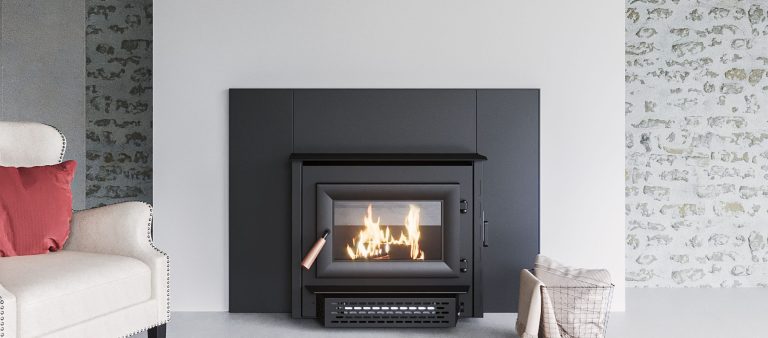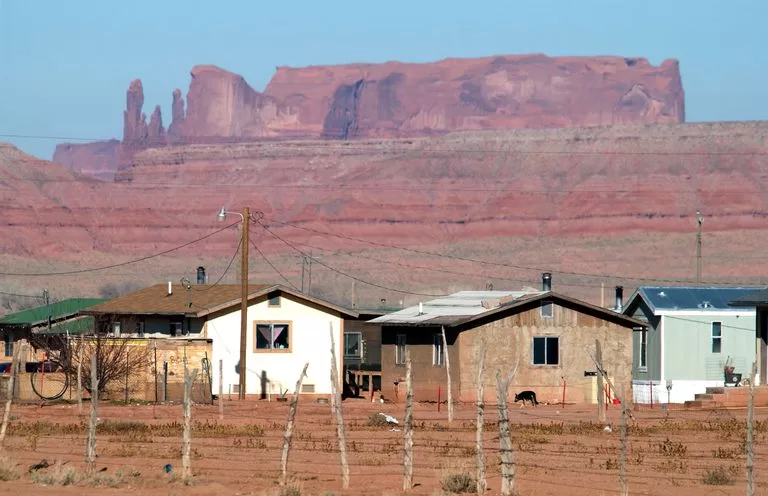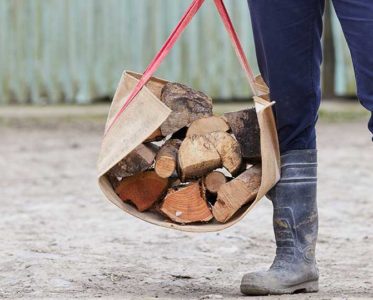Wood pellets are a refined and densified biomass fuel that is formed when wood residues are compressed into a uniform diameter under high pressure. Wood pellets have a uniform shape, size and density and are ideal for automatic combustion heating systems such as pellet stoves. By pelletizing wood residues from sustainably harvested biomass and quality waste wood, millions of tons of biomass can be put to work for the local economy while at the same time preserving the environment. Most of the residues are actually a Timber industry By-product in the form of sawdust that is compressed and extruded into the form of a pellet.
WHAT ARE THE ADVANTAGES OF USING PELLET FUEL?
Wood pellets are:
- Efficient | Wood pellets are an efficient source of heat because they contain very low levels of moisture and ash, when compared to woodchips or cordwood. Virtually all of the material is burned and converted to heat.
- Cost-effective | Wood pellets are economically competitive with home fossil fuel options and electric heat. Relative to other home heating alternatives, pellet fuel prices are less volatile.
- Convenient | Bags of pellets are easy to store. A ton of pellets consists of fifty 40-lb bags and stacks neatly in a 4′ x 4′ x’ 4′ area. Bags of pellets pour directly into a stove hopper, and regulating the rate at which the fuel flows into the hopper is easy given the small, uniform size of the pellets.
- Environmentally responsible | Wood pellets are a sustainable fuel source, and burning wood pellets is carbon neutral.
- Renewable | Wood pellets are a biomass product made of wood waste or other forest-thinning byproducts. According to data collected by the Pellet Fuels Institute, wood pellets are an unlimited fuel source.
- Locally produced | Wood pellet mills provide jobs, support local economies and can lead to energy independence.
- A typical homeowner uses 3 tons of pellets per heating season at a cost of about $825. At an average retail price of $250/ton, pellets offer a fuel cost per million BTU of $19.05. To offer a fuel cost of $19.05 per million BTU, # 2 fuel oil and propane would have to be priced at $2.05/gal and $1.36/gal, respectively!
Advantages of Pellet Burning Stoves
One of the biggest advantages of heating your home with a pellet stove is convenience. You don’t have to deal with the constant chore and the mess of bringing in firewood and stoking the fire. Once you dump the pellets into the stove’s hopper, you don’t have to continually feed it the way you would with a traditional wood stove.
The pellet stove automatically feeds the pellets into the burning chamber at just the right rate to produce the amount of heat that you want. Pellet burning stoves are thermostatically controlled and will maintain the temperature you choose. This means no getting up in the night to put wood on the fire, and no coming home to a cold house after you have been away for a while. And none of the big temperature swings you can get with a wood stove, as one minute it is putting out too much heat, and the next minute not enough.
Pellet stoves are more efficient than traditional wood heat. The combustion takes place in a smaller combustion chamber where it is more controlled and given just the right amount of air for more complete combustion. This results in more heat and fewer emissions. Pellet burning stoves are some of the cleanest heating appliances available, and maybe the cleanest burning solid fuel available.
Pellet stoves are easier to keep clean. They produce very little ash, and don’t have the problems with the creosote buildup that a traditional wood stove has. Pellets typically come in plastic bags to seal out moisture and they are not messy like firewood can be. Pellets are highly compressed and more dense, and therefore take up less space to store than natural wood.
A pellet stove is easier and costs less to install than a wood stove. Pellet stoves don’t need a flue like a wood stove or fireplace does. It only needs an exhaust vent, which can be easily routed through a wall. Because of this, pellet stoves can be installed in more places where a wood stove might not be practical. And since they burn clean, you can have the comfort of wood heat even in locations where wood stoves are not allowed because of air quality problems.
Disadvantages of Pellet Burning Stoves
The main disadvantage of using pellets to heat your home is they rely on electricity to operate some of the components. The amount of electricity they use is minimal, but this can become a problem where an electrical supply is not available, or in a power outage. But there are backup systems available, such as generators or battery systems.
Another disadvantage is producing wood pellets is a more sophisticated process than producing firewood. It requires more expensive equipment than it does to make traditional firewood. Just about anyone can make firewood if they have a saw and a supply of trees or logs. As wood pellet is a relatively new and developing industry, there have been problems in the past with wood pellet shortages in some areas. But as more pellet mills are going into production, supplies are becoming more stable.
Stay Warm,
US Stove Company
